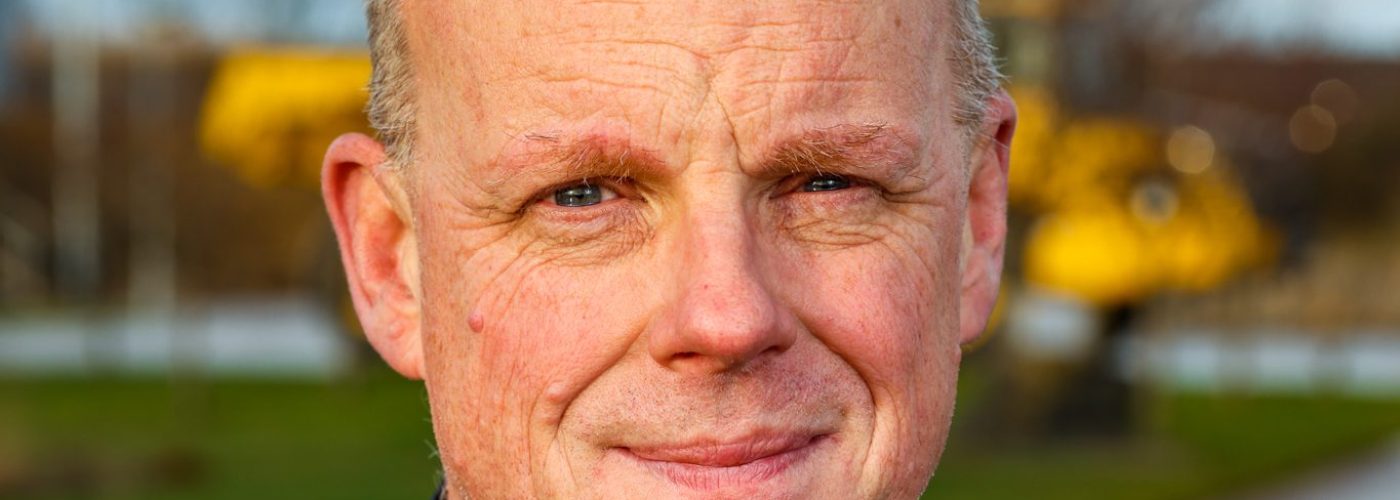Digital Construction Week is an annual event focusing on the future of the built environment – this year taking place from 5th to 6th of June. To mark the occasion, Smart Construction’s Deputy General Manager, Richard Clement, takes a deep dive into five of the biggest changes he predicts for the industry, from AI and robotics to automation and green construction.
Sustainable and green construction
Industry experts predict that the industry will be seeing an increase in green, eco-friendly building materials over the next decade like recycled steel, bamboo, and sustainable concrete. This is a trend that has recently begun to emerge with bamboo and recycled glass on the rise in construction.
We will see a rise in energy-efficient buildings with an enhanced focus on reducing energy consumption and integrating renewable energy sources. With the Future Homes Standard coming into effect next year, we will definitely be seeing an enhanced focus on this in the coming years.
We will also see stricter regulations and goals for reducing carbon footprints come into place, leading to innovations in construction methods and materials that lower greenhouse gas emissions.
Advanced construction technologies
The sector will continue progressing its adoption of technology – something that will continue to advance in the coming years. Richard goes on to add: “We have already seen great progression in the industry due to different technological advancements, something that will continue to improve the industry.
“In particular, I think construction will see a rise in drone usage for site surveys, inspections, and monitoring to improve accuracy and safety.”
This year Smart Construction will be rolling out an innovative Edge 2 solution that offers highly effective drone surveying which is used to rapidly process high quality and precise data from the job site, providing the construction workforce with a way of calculating job site progress quickly and identifying any challenges or unforeseen considerations.
“The industry will also see a rise in automation over the next decade, an innovation that we are already seeing a lot more of. This will be essential in alleviating time consuming tasks from the workforce, such as admin, and freeing up their time for more important tasks.’’
Data-driven decision making
Data analytics and insights will be essential in the industry to inform and guide various aspects of construction projects. Richard explains this can include using historical project data to identify trends and patterns, employing real-time data from sensors and monitoring systems to make proactive decisions, and leveraging predictive analytics to forecast potential issues or outcomes.
He adds: “By harnessing data, construction companies can optimise project planning, resource allocation, and risk management. For example, data-driven decision-making can help in scheduling tasks more efficiently, identifying areas for cost savings, and improving overall project performance. Additionally, data analysis can be used to enhance safety measures and quality control on construction sites.”
Smart Construction’s Remote allows users to send new design data to machines in the field, or remotely support operators, without travelling to the jobsite – saving time and fuel.
Smart Construction’s Remote in action
Major construction companies working on the HS2 project in the UK have been satisfied customers of Smart Construction since 2021 when it began using Remote to support the construction of the railway. In total, major contractors saved more than 176 commuting hours which consequently saved more than 1,059 litres of fuel by using Remote to alleviate travel in May 2023-2024. This equated to more than eight tonnes of CO2 avoided.
Richard commented on the personal safety benefits of using Remote on the HS2 site, explaining: “HS2 workers no longer have to use stilts or climb on machines, and can send design data so much quicker and safer than before. Non-operators working on the line are no longer allowed to enter the machine cabin for safety reasons. Smart Construction’s Remote means that this safety regulation doesn’t affect speed or productivity.’’
Enhanced safety measures
Richard predicts the industry will utilise wearable technology to monitor workers’ health and safety in real-time. This allows real-time health and hazard monitoring such as heart rate, enhanced communication between the worker and wider team, injury prevention, and GPS tracking.
“Mobile phones and Augmented Reality will also become a key player in utility works. The workforce is taking 3D imagery of their work so that the next team, months or years later, can see what is below the footpath prior to starting the job. This gives visual confirmation as these 3D images are geolocated, just like drone imagery for Smart Construction Dashboard users.”
Workforce development and upskilling
Nurturing the workforce is the most valuable asset for a construction company, Richard emphasises. Providing opportunities for upskilling and career progression is crucial for maintaining a strong and capable team.
“By investing in the development of the existing workforce, not only can recruitment costs be reduced, but it also alleviates stress on managers who can rely on a skilled and adaptable team. With advancing technology, upskilling becomes even more essential to ensure the team is prepared for the future.”
To find out more about digital solutions, visit: smartconstruction.io
Building, Design & Construction Magazine | The Choice of Industry Professionals





